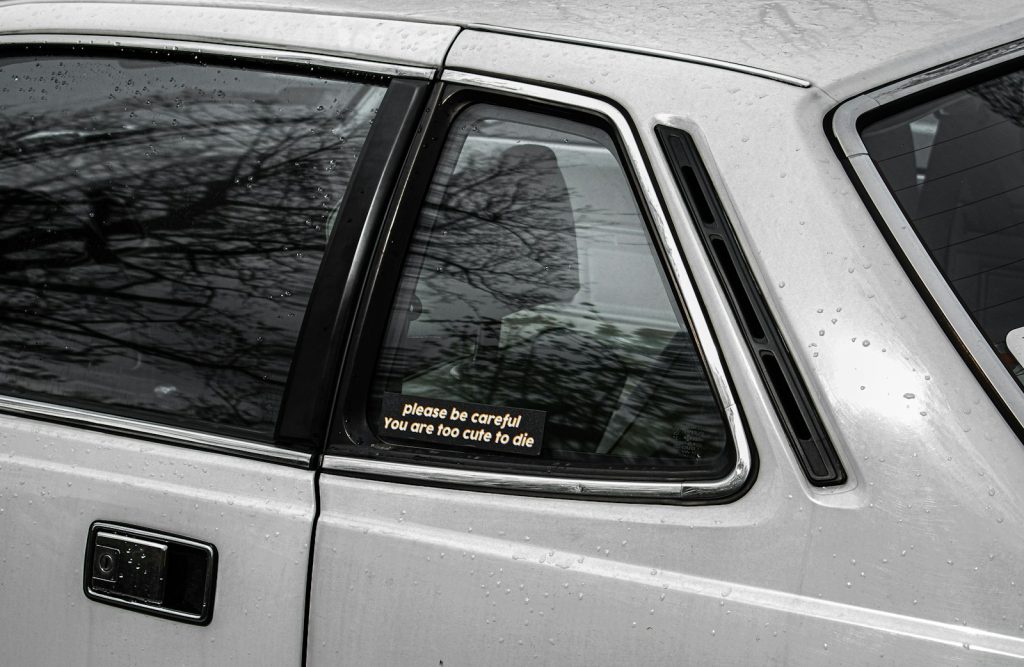Car glass is more than just a transparent surface; it is a critical safety and comfort feature. Every section of a vehicle uses a specific type of glass designed to protect passengers, improve visibility, and enhance driving experience.
Windshield (Front Glass)
The windshield is the most important piece of automotive glass. It provides a clear view of the road while shielding occupants from wind, debris, and impact. Common types include:
- Laminated Glass: Two layers of glass with a plastic interlayer that prevents shattering during collisions.
- Acoustic Glass: Designed to reduce outside noise for a quieter cabin.
- Heated Glass: Equipped with thin wires or coatings to prevent fogging and ice buildup.
Side Windows
Side windows are built for convenience and safety. The most common material is tempered glass, which breaks into small, blunt fragments instead of sharp shards. Some premium vehicles use laminated side glass for added protection against theft and noise.
Rear Window
The rear glass often includes heating elements to clear condensation or frost. Tempered glass is widely used here because of its strength and cost‑effectiveness, while laminated options may appear in higher‑end models for extra safety.
Sunroof and Moonroof Glass
Vehicles with sunroofs or panoramic roofs typically use tempered or laminated glass with UV protection. This allows natural light into the cabin while blocking harmful rays.
Custom Automotive Glass
Beyond factory‑standard glass, there are specialized options designed for unique needs:
- Bulletproof Glass: Multiple laminated layers of glass and polycarbonate, offering maximum protection against ballistic threats.
- Smart Glass: Switchable transparency controlled electronically, enhancing privacy and reducing glare.
- Infrared‑Reflective Glass: Blocks heat while allowing visible light, improving comfort in hot climates.
- Decorative or Colored Glass: Adds style and individuality while maintaining safety standards.
Specialty Glass Options
Other variations include:
- Tinted Glass: Reduces glare and heat from sunlight.
- UV‑Protective Glass: Shields passengers from harmful ultraviolet rays.
- Privacy Glass: Darkened glass for rear passengers, offering discretion and elegance.
Conclusion
Each type of car glass serves a distinct role, from laminated windshields that save lives to bulletproof glass that ensures maximum security. By understanding these options, drivers and car owners can make informed decisions that enhance safety, comfort, and style on the road
Read also: Sunroof, Moonroof, Panoramic Roof: Key Differences, Pros, and Cons

